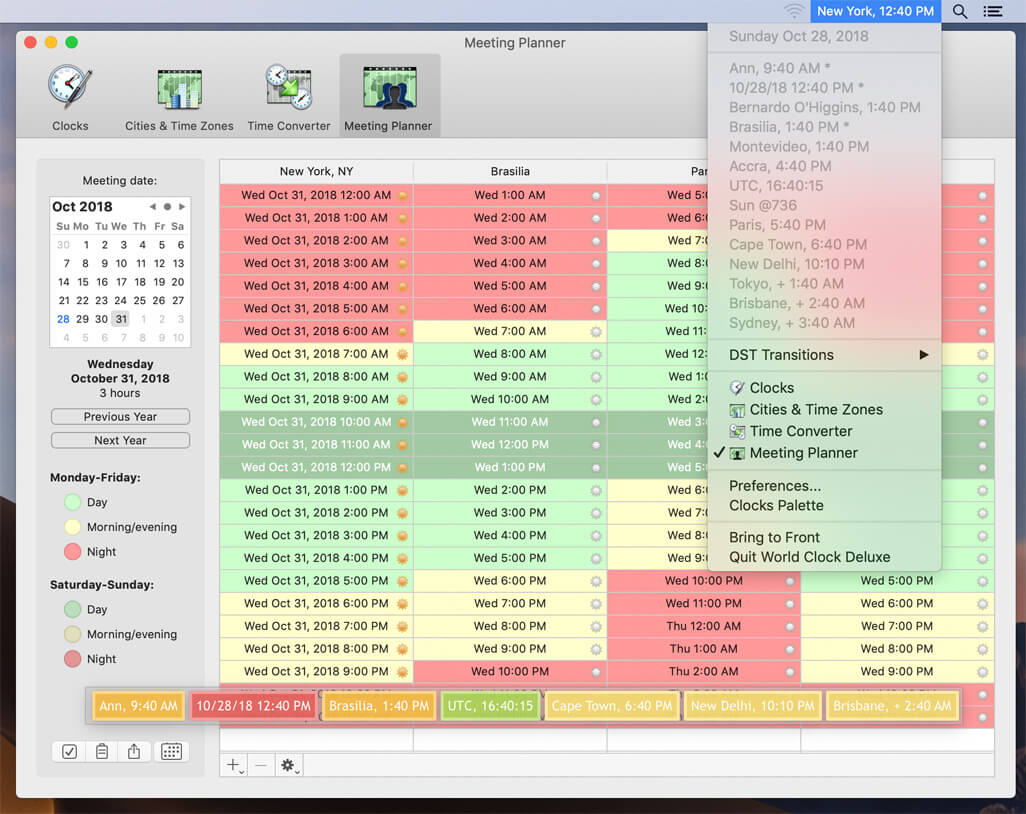Find the z-score corresponding to a raw score of 132 from a normal distribution with mean 100 and standard deviation 15.
Solution
We compute
132 - 100
z = = 2.133
15
Example
A z-score of 1.7 was found from an observation coming from a normal distribution with mean 14 and standard deviation 3. Find the raw score.
Solution
We have
x - 14
1.7 =
3
To solve this we just multiply both sides by the denominator 3,
(1.7)(3) = x - 14 Ifunia youtube downloader pro 7 0 0 9.
5.1 = x - 14
Loop mash up pro 1 0 48. x = 19.1
The z-score and Area
Often we want to find the probability that a z-score will be less than a given value, greater than a given value, or in between two values. To accomplish this, we use the table from the textbook and a few properties about the normal distribution.
Example
Find
P(z < 2.37)
Solution
We use the table. Notice the picture on the table has shaded region corresponding to the area to the left (below) a z-score. This is exactly what we want. Below are a few lines of the table.
| z | .00 | .01 | .02 | .03 | .04 | .05 | .06 | .07 | .08 | .09 |
| 2.2 | .9861 | .9864 | .9868 | .9871 | .9875 | .9878 | .9881 | .9884 | .9887 | .9890 |
| 2.3 | .9893 | .9896 | .9898 | .9901 | .9904 | .9906 | .9909 | .9911 | .9913 | .9916 |
| 2.4 | .9918 | .9920 | .9922 | .9925 | .9927 | .9929 | .9931 | .9932 | .9934 | .9936 |
The columns corresponds to the ones and tenths digits of the z-score and the rows correspond to the hundredths digits. For our problem we want the row 2.3 (from 2.37) and the row .07 (from 2.37). The number in the table that matches this is.9911.
Hence
P(z < 2.37) = .9911
Example
Historyhound 2 1 15 Kjv
Find
P(z > 1.82)
Solution
In this case, we want the area to the right of 1.82. This is not what is given in the table. We can use the identity
P(z > 1.82) = 1 - P(z < 1.82)
reading the table gives
P(z < 1.82) = .9656
Our answer is
P(z > 1.82) = 1 - .9656 = .0344
Example
Find
P(-1.18 < z < 2.1)
Solution
Once again, the table does not exactly handle this type of area. However, the area between -1.18 and 2.1 is equal to the area to the left of 2.1 minus the area to the left of -1.18. That is
P(-1.18 < z < 2.1) = P(z < 2.1) - P(z < -1.18)
To find P(z < 2.1) we rewrite it as P(z < 2.10) and use the table to get
P(z < 2.10) = .9821.
The table also tells us that
P(z < -1.18) = .1190
Now subtract to get
P(-1.18 < z < 2.1) = .9821 - .1190 = .8631
e-mail Questions and Suggestions
HistoryHound 2.2 is now available, giving you the option to add its icon to your menu bar so you can search your browsing history even faster.
HistoryHound still finds text in all the pages you’ve visited in any of the major Mac web browsers, but now handles Chrome and Firefox power users better. If you use multiple user profiles or run both Firefox and Firefox Developer Edition, HistoryHound will now track and search your history more efficiently and accurately.
This release also eliminates delays that could occur when you have HistoryHound set to “search as you type,” and adds a contextual menu to its error window so you can quickly add filters to keep certain pages from being added to your search index.
Release notes and download links are on the HistoryHound Release page.


